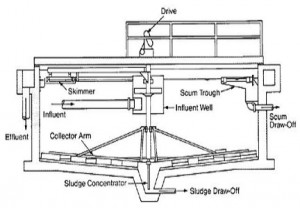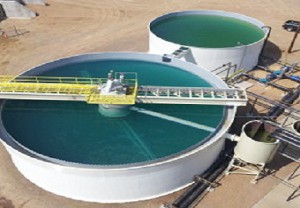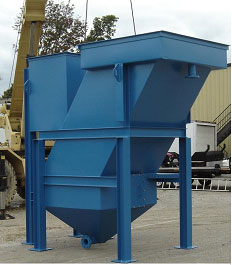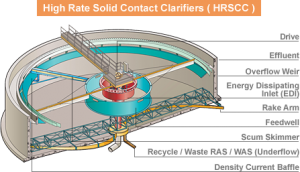Clarifiers:
Clarifiers are settling tanks built with mechanical means for continuous removal of solids being deposited by sedimentation. A clarifier is generally used to remove solid particulates or suspended solids from liquid for clarification and (or) thickening. Concentrated impurities, discharged from the bottom of the tank are known as sludge, while the particles that float to the surface of the liquid are called scum.
Tube Settler:
Tube settler systems are an inexpensive solution for drinking water and waste water plants to increase treatment capacity, reduce new installation footprints, improve effluent water quality, and decrease operating costs. Constructed of lightweight PVC, tube settler modules can be easily supported with minimal structures that often incorporate effluent troughs and baffles. Modules are available in a variety of sizes to fit any tank geometry and tube lengths to accommodate a wide range of flows. With years of experience and extensive knowledge of the water treatment process, Global Energy & Water Solution can provide full process design for economically packaged systems.
High Rate Solid Contact Clarifier:
Influent flow is mixed with previously settled solids within the draft tube. Gentle mixing within the reaction well promotes agglomeration of floc particles and/or chemical precipitates. The aggregated solids settle out more rapidly in the clarification area. Even better clarity is achieved when particles become enmeshed in a sludge blanket layer. Rotating sludge scrapers transport settled solids to the center of the basin for removal. Clarified overflow is removed through a radial launder system that draws water from the entire surface area to prevent solids carryover caused by uneven velocity currents. For high upflow rates, tube settlers can be added to increase the effectiveness of gravity sedimentation.
Because the Solids CONTACT CLARIFIER™ re-circulates previously settled solids many times over, less chemical input is needed and results are superior to conventional treatment methods.



